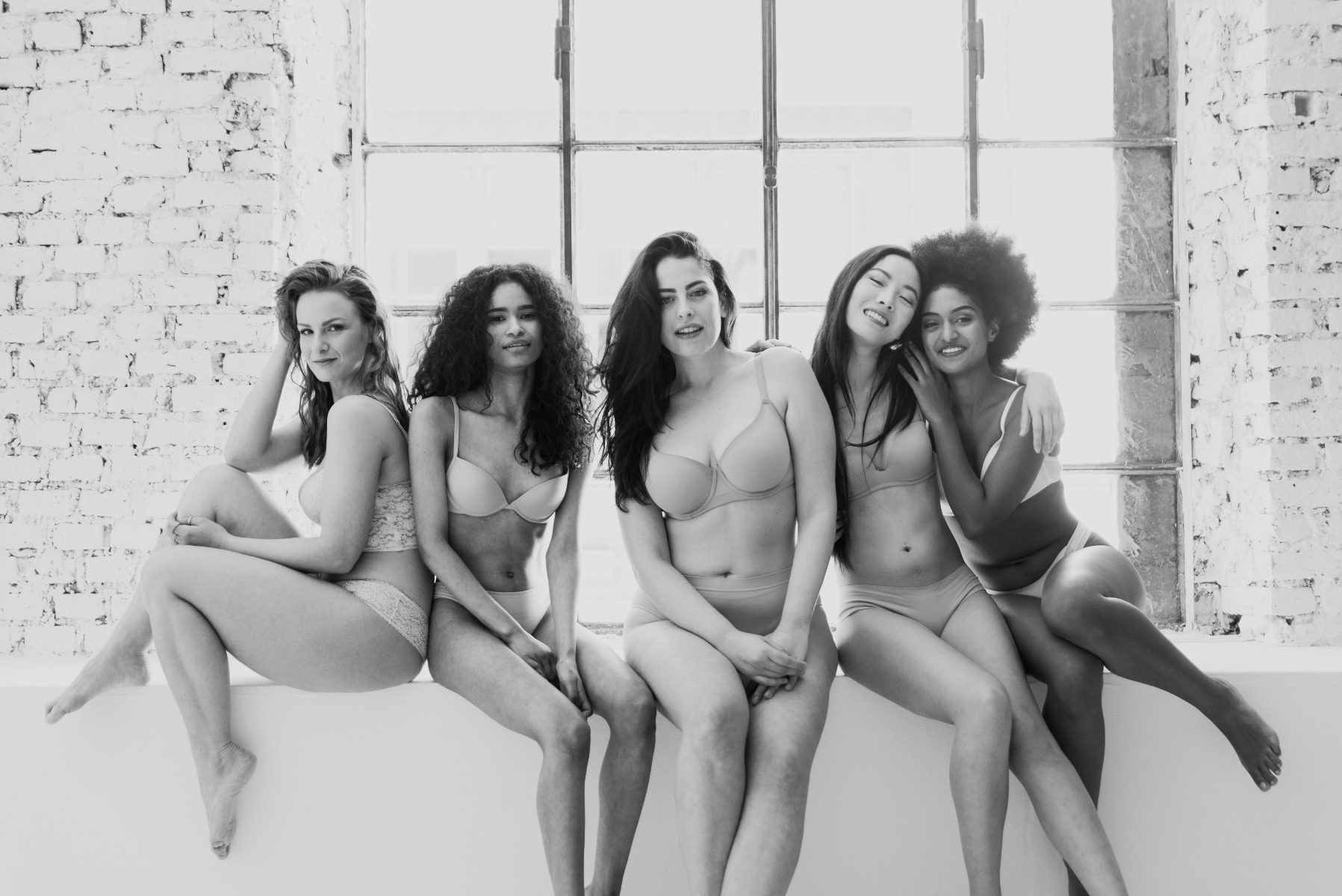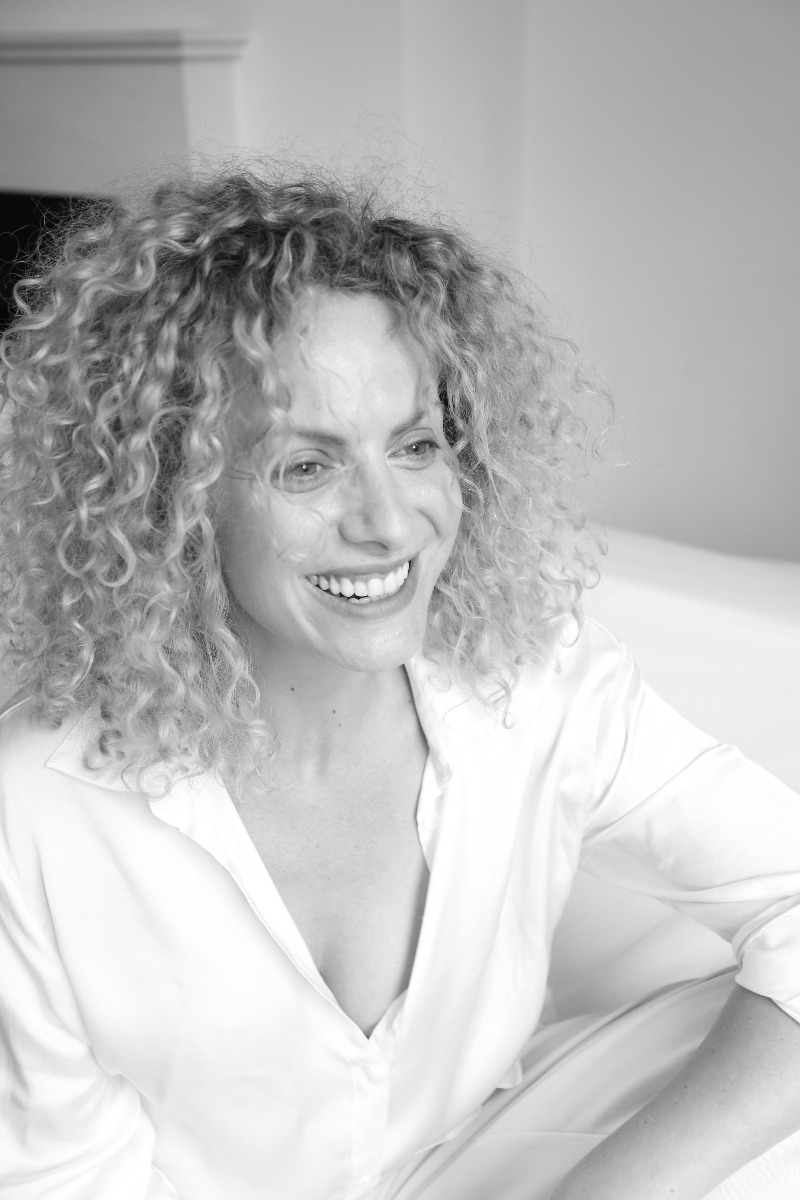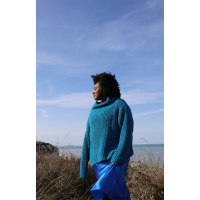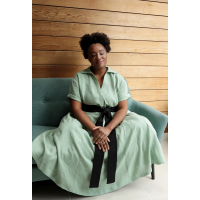DOES SIZE MATTER?

Its not you that's broken-it's the fashion industry.
The fashion industry’s struggles with size inclusivity have spanned several decades and when we consider the efforts of body positive bloggers and activists, driving change, it seems that there has been a shift in the industry. But, has there? In 2009, the then editor in chief of British Vogue, Alexandra Shulman, called for sizing reform to improve the limited sample sizes provided to magazines. Citing that even if magazines dared to use larger models, the sample sizes sent would never fit. It’s something the founder of Lora Gene, Lora, knows too well. And despite the push towards body positivity, even in 2019, it seems little has changed on the high street shop floor.
What exactly is ‘plus size’?

Dependent on which brand you look at, the term ‘plus-size’ can mean a lot of different things. Take Spanish high street retailer Mango, anyone over a size 12 falls into their plus size range. Whereas Missguided and New Look consider size 16 plus, to be part of their curve range.But, plus-size itself is a flawed concept. Speaking to fashion blogger Tara Collingwoode on the debate ‘Women are built differently, dependent on if you have wide or narrow hips. These factors are rarely taken into account. I’m a size 12-14 and I wouldn’t describe myself as ‘plus size’. I just have curves.’
And, we agree!
“Women are placed in unrealistic and profoundly boring frames and we as designers are very much responsible for creating and complying with that standards, we are the ones to change that and it's about time we do it.” - Lora Gene
The fat-tax: So, what is the ‘fat-tax’?
The controversy erupted when a New Look customer discovered that there was a 15% price increase on trousers in size 16 and over. When, here in the UK, size 16 is the average size for women in 2019.
It’s something that our founder, Lora, feels strongly about, ‘I feel completely enraged when I see brands charging more for larger sizes. Retailers need to simply work out their costings, rather than impose a tax on their loyal customers.’
Irregular sizing makes customers work harder, not retailers.
There’s a feeling that all women have experienced.
Clutching a pair of trousers that you know are your size and in the fluorescent lights of the fitting room, you’re exhausted. They are simply too big, or too small. Because scouring the UK high street, knowing your size is only half the battle. During a recent investigation, Buzzfeed News investigated the huge differences in the UK sizing from store to store. Zara confirmed to BuzzFeed News its large is, in fact, just marginally larger than a UK size 12. Meanwhile, at Topshop, large is made to size 16, at New Look large is a size 16-18, and at H&M a large is a size 18-20.
Discussing these sizing disparities, Lora said “I like to think I create clothing that is designed for comfort, which is a very personal concept, but I try. I listen and constantly question my ability to understand women’s bodies.”
Using a variety of fit models to ensure that sizing is as nuanced as the women who wear our clothes.
Lora Gene also offers a custom sizing service. Which means that you can have clothes tailored specifically to your figure.
If you need a size different than what you see here, please message us



